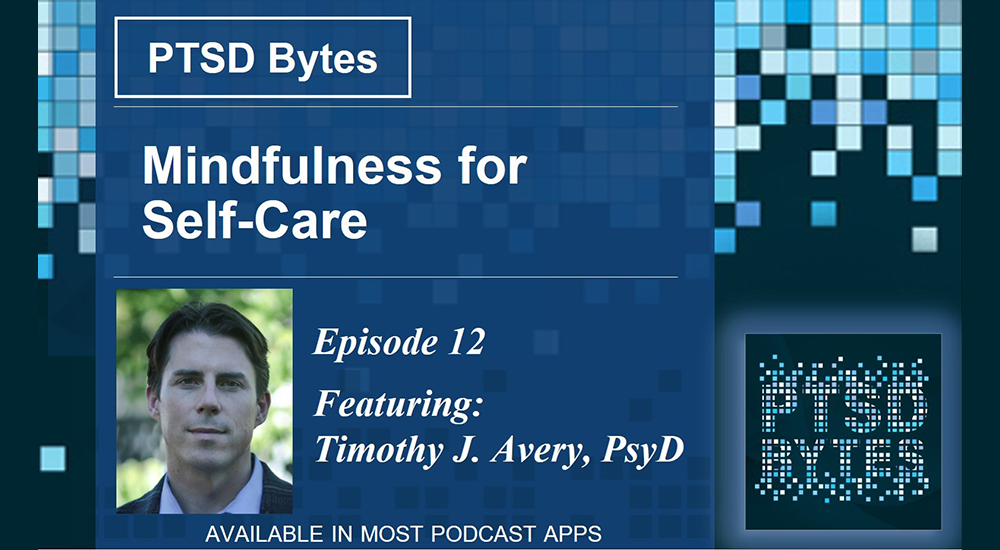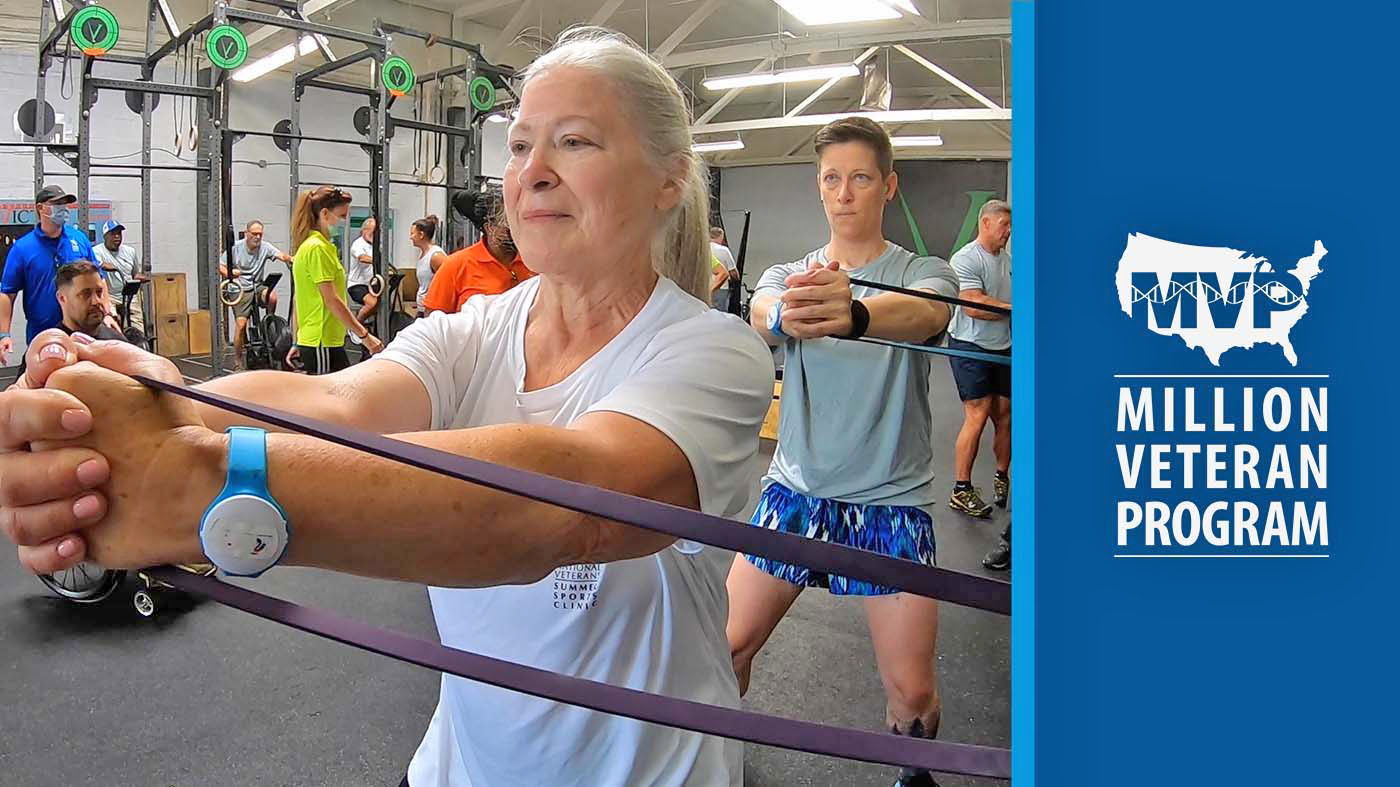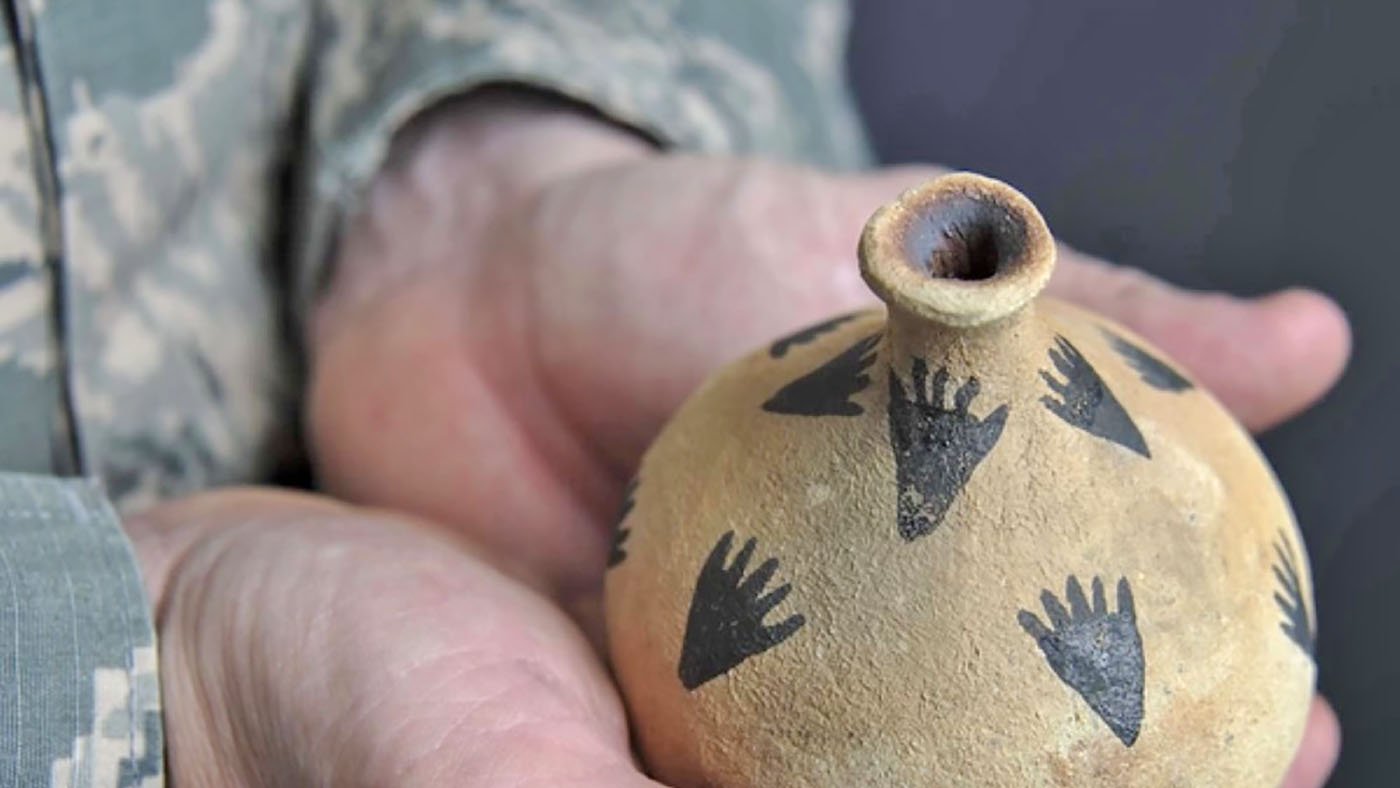Listen to “#12: Mindfulness for Self-Care” on Spreaker.
In this episode of PTSD Bytes, host Pearl McGee-Vincent discusses mindfulness with Dr. Timothy J. Avery, a clinical psychologist and readjustment counselor at the Peninsula Vet Center in Menlo Park, California.
What is mindfulness?
Mindfulness is a way of thinking that can help you become more aware of your present experiences. Avery defines mindfulness as awareness based on nonjudgmental self-observation in the present moment. This self-observation focuses on the facts of the situation, not personal evaluations of yourself. It also focuses on how you feel, emotionally and physically – again, without judging yourself for having these feelings.
An important aspect of mindfulness is staying in the present and recognizing that you can only make decisions about present situations. You can’t change the past and you can’t predict the future. By paying attention and not judging your thoughts and feelings, you can choose how to respond to situations instead of responding automatically.
Mindfulness and PTSD
Avery notes mindfulness can help with PTSD symptoms in different ways. For example, not judging yourself for having unwanted memories can decrease the impact of those memories. As McGee-Vincent says, being aware of any negative feelings can “Help us go from being on autopilot to making informed choices about what we can do in our lives.”
Mindfulness has been shown to help with PTSD symptoms, too.
Though research is still underway, mindfulness-based stress reduction is a promising therapy aimed at helping people with PTSD. Mindfulness in general can also enhance your ability to use the other tools that you learn in evidence-based psychotherapy, helping to decrease symptoms of PTSD.
 Challenges when trying mindfulness
Challenges when trying mindfulness
Avery says that it is not necessary to have a quiet mind to practice mindfulness. Instead, practicing mindfulness may actually help quiet a mind that is busy, anxious or depressed. It is important to pay attention to the thoughts you are having and practice not judging yourself for having these thoughts.
Being aware of your thoughts and feelings and allowing yourself to “Be as you are” can lead to feeling better.
Getting started with mindfulness
There are many different ways to get started with practicing mindfulness. Many religions and faith traditions already have mindfulness practices built in. You can also talk to your primary care provider or a mental health provider about counseling that involves mindfulness practices.
Most VA sites and Veterans Centers have various resources for mindfulness available, such as yoga or meditation classes. One tool that Avery recommends is the Mindfulness Coach mobile app, which has a training plan that can help you get started and guide you through practicing mindfulness.
Additional links:
- More information about mindfulness on the National Center for PTSD website.
- More PTSD Bytes episodes.
If you are a Veteran who is experiencing a crisis or supporting a loved one who is, call 1-800-273-8255 and press 1 for immediate assistance, or chat online at VeteransCrisisLine.net/chat.
Topics in this story
More Stories
MVP’s research informs personalized care for Veterans, supporting whole health and beyond.
More than 4,000 American Indian/Alaska Native Veterans have been approved for the copayment exemption and we're here to help you apply for yours, too.
The screening is an important conversation with your VA health care provider. Here’s the reality behind common misconceptions.








Earlier this year, while in a veterans group meeting, I was made aware of a well known Vietnamese monk who had past in January.
His name is Thich Nhat Hanh, to read about his life story was intriguing, particularly as I’m a Vietnam veteran. Also, I’ve been dealing with PTS for a long time, and adding to the various tools I use to maintain symptoms, I’ve discovered and have been practicing mindfulness meditation for about two months now with the VA and many books written by Thich Nhat Hanh.
I’ve alway tried to LIVE in the moment. but now thru mindfulness practice I’ve learned how important thoughts are, physical feelings and mental attitude are just as important at any given moment. Mindfulness breathing as a tool is critical, you can do mindfulness meditation while sitting, walking, eating or doing a chore.
I’m hooked, give it a try, one of the books I’m reading right now is titled “Being Peace” by Thich.
BS he doesn’t understand ptsd or depression they do realize that psychotic drugs do work .just because a vet takes them for severe episodes doesn’t mean they are a drug addict . Va quit lumping us in with the addicted OxyContin dopers.
I have now been attending weekly appointments at the Saginaw VA Annex with Mrs. Briceland for NADA with acupuncture and mindfulness training for 2 years and I will 100% vouch that it does decrease the symptoms of PTSD. The body scan in the morning works wonders before getting out of bed and the ability to use the the breathing techniques to simmer down when riled up makes life’s Slayer song scenario into a Bob Marley one. I love it and hopefully continue the process into achieving total Zen.
This is really good information. Thank you!
I have no better idea what mindfulness is than before I read the article. VA counselors can’t explain it. The explanations are usually quite nebulous, as in, “you’ll know it when you see it”, which is actually the opposite of help. I’ve stopped expecting anything on the subject. Frustration is the product of trying…
It is really very simple. We all have thoughts that just appear in our heads. Mindfulness trains you to be an observer of your thoughts. What happens is you focus on your breath and see how many breaths you can do before another thought comes into your head. When the next thought comes you gently and non judgmentally dismiss the thought and refocus on your breath. You do this over and over again. Hundreds of times. That is the practice of mindfulness. You just continue doing it over and over again. Why does it work, you ask? Negative thoughts make us feel bad, sad, anxious, depressed, etc. By practicing mindfulness daily you get longer and longer spaces between your thoughts. They say 80% of our thoughts are negative. (This is a survival mechanism developed by our species to always be on the lookout for danger). Mindfulness diminishes these negative thoughts. When negative thoughts are diminished the feel good neurotransmitter chemicals of Dopamine, oxytosin, serotonin, and endorphins are released into your body and you feel great. Mindfulness does not just make you feel good during the minutes you practice mindfulness, but there is a carryover effect that makes you feel better for hours afterward. I recommend that you just relax and do the practice and observe when and if you start feeling better. Don’t try to force it and diminish the expectations. If anything you might feel a quiet easy peaceful feeling, as your pulse rate goes down and your blood pressure goes down. An analogy is think of swimming in a pool full of children laughing and screaming. You get tired of the noise and you slowly sink to the bottom of the pool, metaphorically speaking, and being under water the sounds and business of life above water recedes and there is nothing but quiet. This is a good analogy of what doing mindfulness is about. Noise, thoughts, cares, concerns all diminish or go away and you are left in peace. The longer you are at peace the better you will feel. , It works. I have been doing it for 20 years. Read books on the subject. My favorite is Meditation for Dummies.